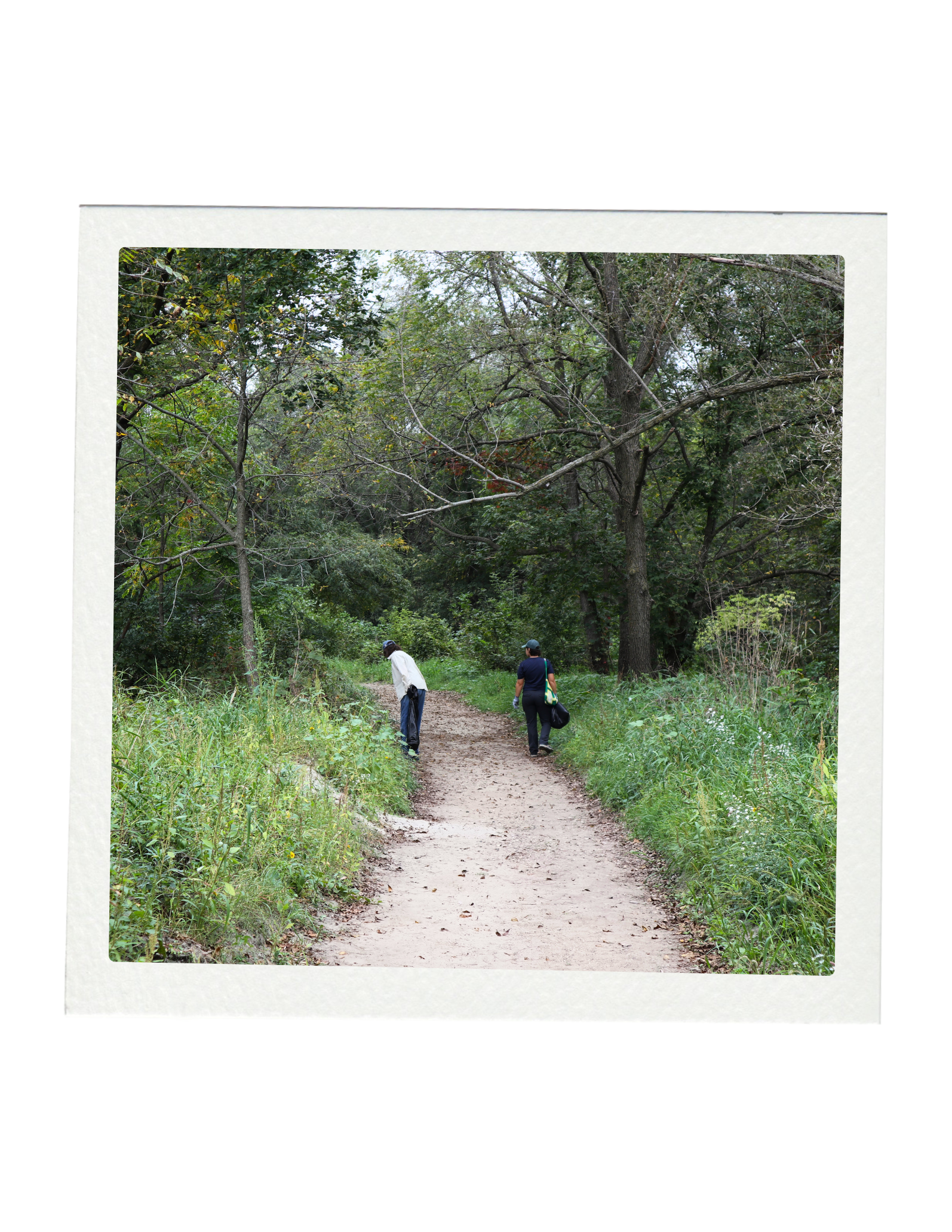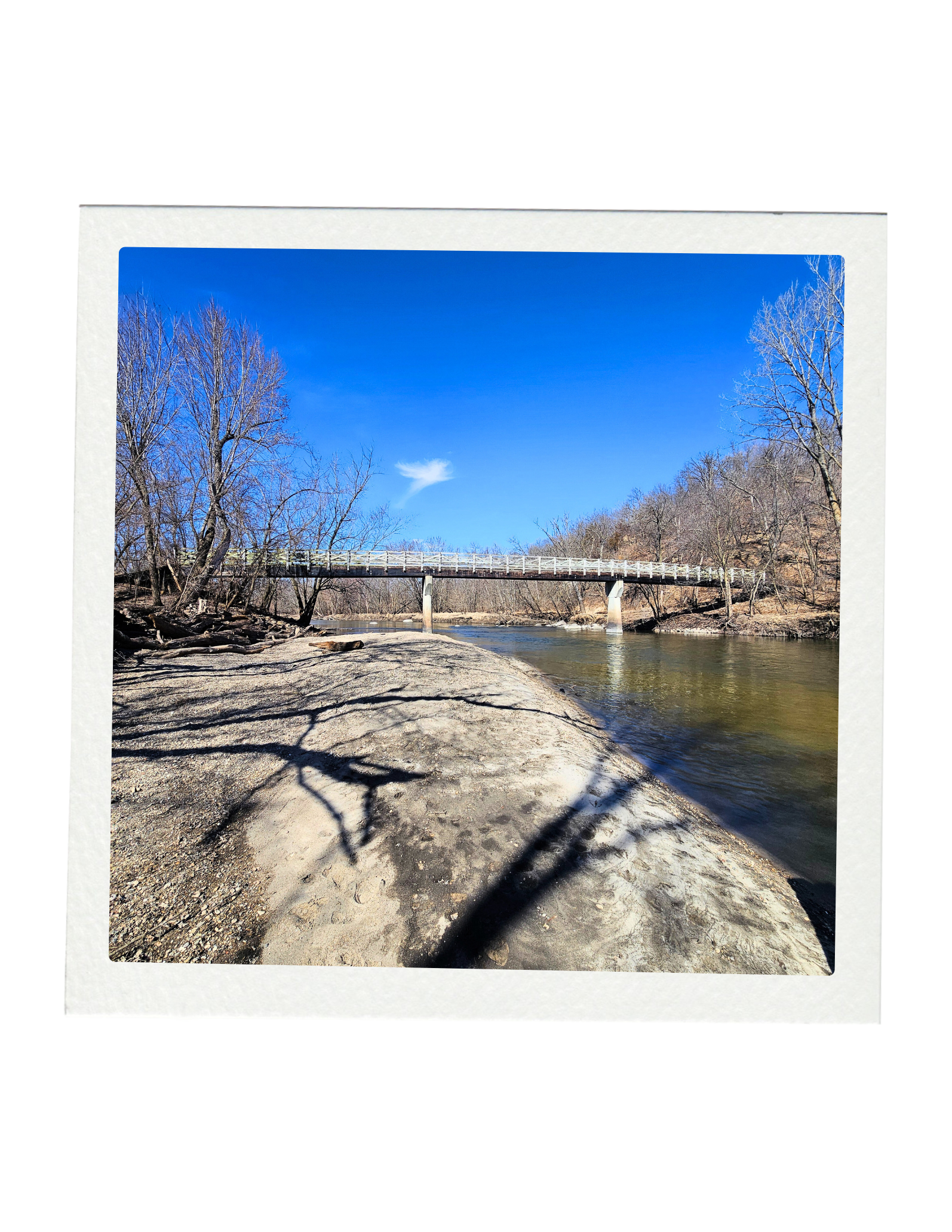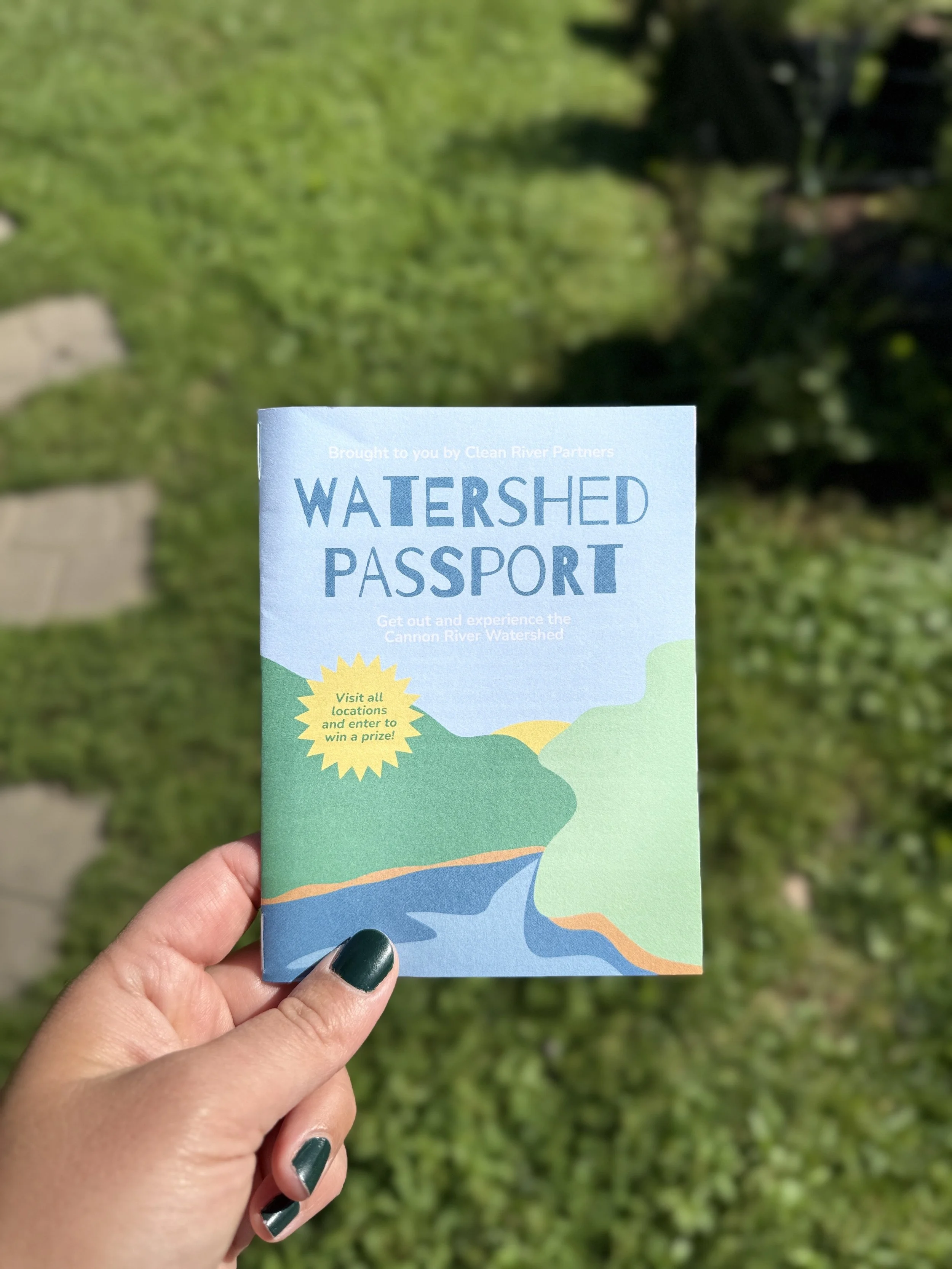Have you visited all nine sites listed in our watershed passport?
Complete this form with your contact information, and we'll let you know if you won the drawing for one of two prizes: a $40 gift card to Ferndale Market in Cannon Falls or a $50 paddling certificate from Farmstead Bike Shop in Northfield.
Discover the Beauty of the Cannon River Watershed with Our Watershed Passport
Explore, Engage, and Enjoy the Outdoors!
Are you ready for an adventure? The Cannon River Watershed is home to some of the most breathtaking outdoor spaces in Minnesota, and we’re excited to introduce our Watershed Passport! This fun and informative guide will lead you to nine stunning locations throughout the watershed, where you can experience nature at its finest.
FAQs
What’s in the watershed passport?
Our Watershed Passport is your ticket to exploring the beauty of the Cannon River watershed. Simply pick up a copy or print it at home and take it along on your journeys. The passport includes detailed information about each destination, including activities, accessibility, and tips for your visit. After you explore each site, don’t forget to mark your visit by initialing next to the location in your booklet. Once you’ve visited all nine locations, submit your completed passport for a chance to win exciting prizes!
Where can I get a watershed passport?
You can pick up a copy of the passport in the locations listed below:
Owatonna Public Library, 105 N Elm Ave, Owatonna, MN 55060
Buckham Memorial Library, 11 Division St E, Faribault, MN 55021
Janna’s Market Grill, 129 Central Ave N S, Faribault, MN 55021
Northfield Public Library, 210 Washington St, Northfield, MN 55057
Farmstead Bike Shop, 422 Division St S, Northfield, MN 55057
Cannon Falls Public Library, 306 Mill St W, Cannon Falls, MN 55009
Red Wing Public Library, 225 East Ave, Red Wing, MN 55066
Featured Locations
-

Sakatah Singing Hills State Trail
Bike, hike, or skate along this 39-mile paved trail, which connects Mankato, Waterville, and Faribault. Enjoy the diverse scenery that makes this trail a favorite for outdoor enthusiasts.
-

Sakatah Lake State Park
Immerse yourself in serene nature at Sakatah Lake State Park. Swim, fish, and paddle in calm waters while taking in the beauty of wooded hiking trails.
-

Kaplan's Woods Park and Parkway
This scenic park offers ample opportunities for hiking, biking, and paddling. The 1.5-mile paved trail winds through beautiful landscapes, connecting to Lake Kohlmier and Morehouse Park.
-

Carleton College Cowling Arboretum
Explore 800 acres of natural beauty at the Cowling Arboretum, where prairie meets forest along the Cannon River. Discover unique flora and fauna in this accessible public space.
-

Cannon River Wilderness Area
Venture into the heart of the Big Woods ecosystem with diverse habitats. Hike the west-side and east-side trails to uncover the naturally stunning views of the Cannon River Wilderness Area.
-

Nerstrand Big Woods State Park
No matter the season, there’s something for everyone at Nerstrand Big Woods State Park. From wildflower blooms in spring to scenic ski trails in winter, this park is a year-round destination.
-

He Mni Can - Barn Bluff Regional Park
Experience the sacred beauty of He Mni Can - Barn Bluff (Heh-Meh-NEE-Cha), with hiking trails that lead to stunning overlooks along the upper Mississippi River. This area is rich in cultural significance to the Bdewakantunwan Dakota people.
-

Miesville Ravine Park Reserve
Discover miles of picturesque hiking trails in Miesville Ravine Park Reserve. Enjoy the breathtaking views of the Cannon River Valley, offering a true taste of southeast Minnesota’s natural splendor.
-

Cannon Valley Trail
Travel along a historic railway route on the Cannon Valley Trail, a 19.7-mile paved path that connects Cannon Falls, Welch, and Red Wing. Relish the scenic views as you explore this beautiful area.
Recreate Responsibly
While you’re out enjoying these amazing natural spaces, remember to Recreate Responsibly. Follow guidelines that prioritize safety for yourself and others while helping to maintain access to our pristine environment. Treat the land with respect and leave no trace of your visit.
-
Trails, roads or certain areas may be unavailable due to unforseen circumstances. Check local weather forecasts, and the official website or social medial channels of your destination.
-
Permits may be required for entry, camping, certain activities or transportation. Also having, and knowing how to use the appropriate gear for your activity could make or break your experience. Have a back-up plan in case your destination or activity are unavailable.
-
Historically, outdoor recreation and access to outdoor-spaces have been systematically exclusive, and rooted on stolen land. We must dismantle barriers to the outdoors while increasing inclusivity and equity for all seeking connection in and with nature.
-
Given record visitation to public, private, and tribal lands and waters, it's important to remain understanding, respectful, and open to learning about from others. Especially regarding understanding and respecting indigenous land & water stewardship.
-
The guidance found in the seven Leave No Trace principles aide in understanding how to minimize your physical imprint upon sensitive ecosystems or cultural resources.
Learn more at LeaveNoTrace.org
-
Though we may want to minimizing our physical impact on nature - we can all make a big impact on how we care for the outdoors together. We can take our love of the outdoors with us where ever we go and take action to protect the places we love.
Questions about this project?
Contact Felicia Hokenstad (she/her), our
Communications Senior Coordinator
felicia@cleanriverpartners.org
(507) 200-1485


